You might think the biggest threat to your furry friend in Arizona is the obvious stuff – the scorching heat, the desert wildlife, maybe a cactus or two. But here’s the thing: your own home could be harboring more dangers than you’d ever imagine. For pet owners who’ve recently moved to the Grand Canyon State, or even longtime residents who’ve gotten a bit too comfortable, the reality might shock you. Arizona’s unique environment creates a perfect storm of hazards that can turn even the most pet-friendly home into a minefield of potential disasters.
The Silent Killers Hiding in Your Garden

Your backyard oasis might look peaceful, but it’s actually hosting some of Arizona’s most dangerous party crashers. We have over 2,000 species of plants in the Sonoran desert and nearly all of them are toxic or dangerous for pets. That beautiful oleander hedge you admired? It’s basically a death trap with flowers.
The Desert Rose, despite its gorgeous blooms, contains sap that can literally stop your pet’s heart. The toxic sap of the Desert Rose affects your pet’s heart, potentially leading to severe cardiac issues. If your pet ingests any part of this plant, immediate veterinary attention is crucial. Without prompt treatment, the chances of a full recovery are very poor. Even worse, many homeowners don’t realize they have these botanical assassins in their yards until it’s too late.
When Your Air Conditioner Becomes Your Enemy

Arizona’s extreme heat means your AC is working overtime, and that creates some unexpected dangers. When systems fail during peak summer months, the temperature inside your home can skyrocket to deadly levels in minutes. Seven dogs have already died due to heat-related deaths in Maricopa County as more extreme heat is on the way. Triple-digit temperatures are deadly to pets, and it is alarming to see so many heat-related deaths this early in the year.
But here’s what most people don’t know: even small temperature fluctuations can trigger health crises in pets. Your pet doesn’t need to be locked in a car to suffer heat stroke – a broken AC unit or even poor ventilation can turn your living room into a furnace. The difference between safe and deadly can be just a few degrees and a few minutes.
The Predator Highway Running Through Your Backyard
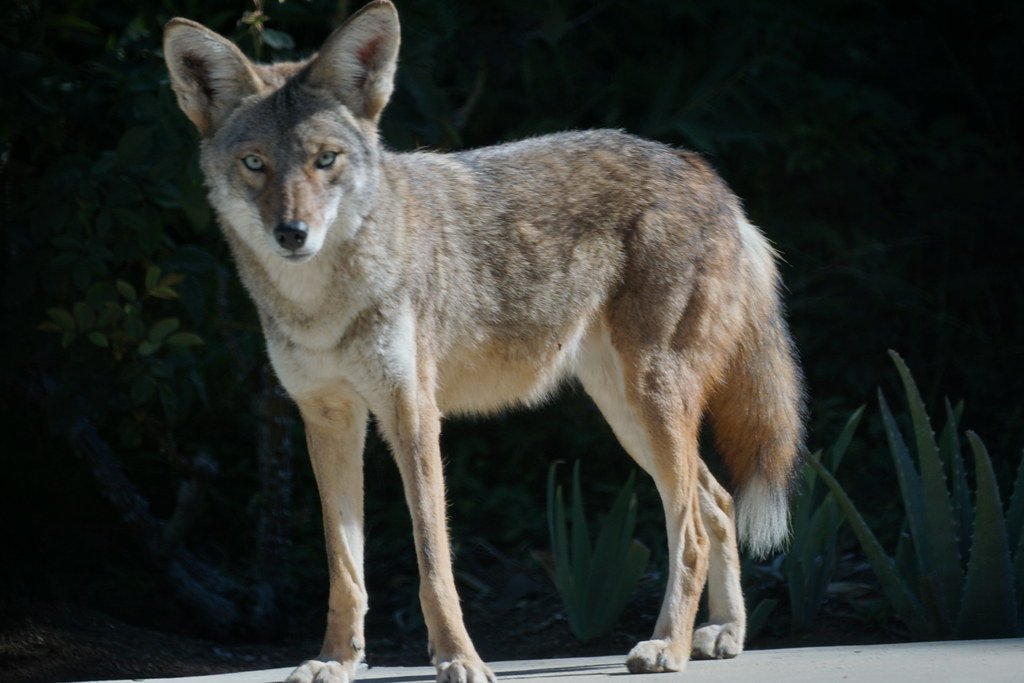
Think your six-foot block wall keeps the dangerous wildlife out? Think again. Coyotes use the block walls in our city as a type of “superhighway” and they can travel from yard to yard without detection. It takes mere seconds for them to jump a wall, grab your pet, and carry them off. These aren’t random attacks – they’re calculated hunting strategies.
What makes this particularly terrifying is how quickly it happens. One moment your small dog is happily playing in what you thought was a secure yard, the next moment they’re gone. The same holds for our hawks, owls and other flying predators. If you do want a pet door, make sure it opens into a fully enclosed area that protects from ground and air assault. Your pet door, designed for convenience, might as well be rolling out a welcome mat for predators.
The Venomous Surprise in Your Garage

Arizona is home to some seriously dangerous reptiles, and they love to hang out in the most unexpected places. There are 13 different species of rattlesnakes in Arizona, all of which are venomous. They may venture under your car, porch, or any bushes around your home. Your garage, with its cool temperatures and dark corners, is basically a five-star hotel for these slithery residents.
The real danger isn’t just the bite – it’s how easily these encounters happen. Snakes don’t announce their presence, and a curious pet nosing around storage boxes or garden equipment can trigger a strike in milliseconds. Arizona has 13 species of rattlesnakes and all of them are dangerous to pets. They can strike your curious pets in seconds and the result will be thousands of dollars in veterinarian bills if you can save them at all.
The Toxic Toad Terror After Rain
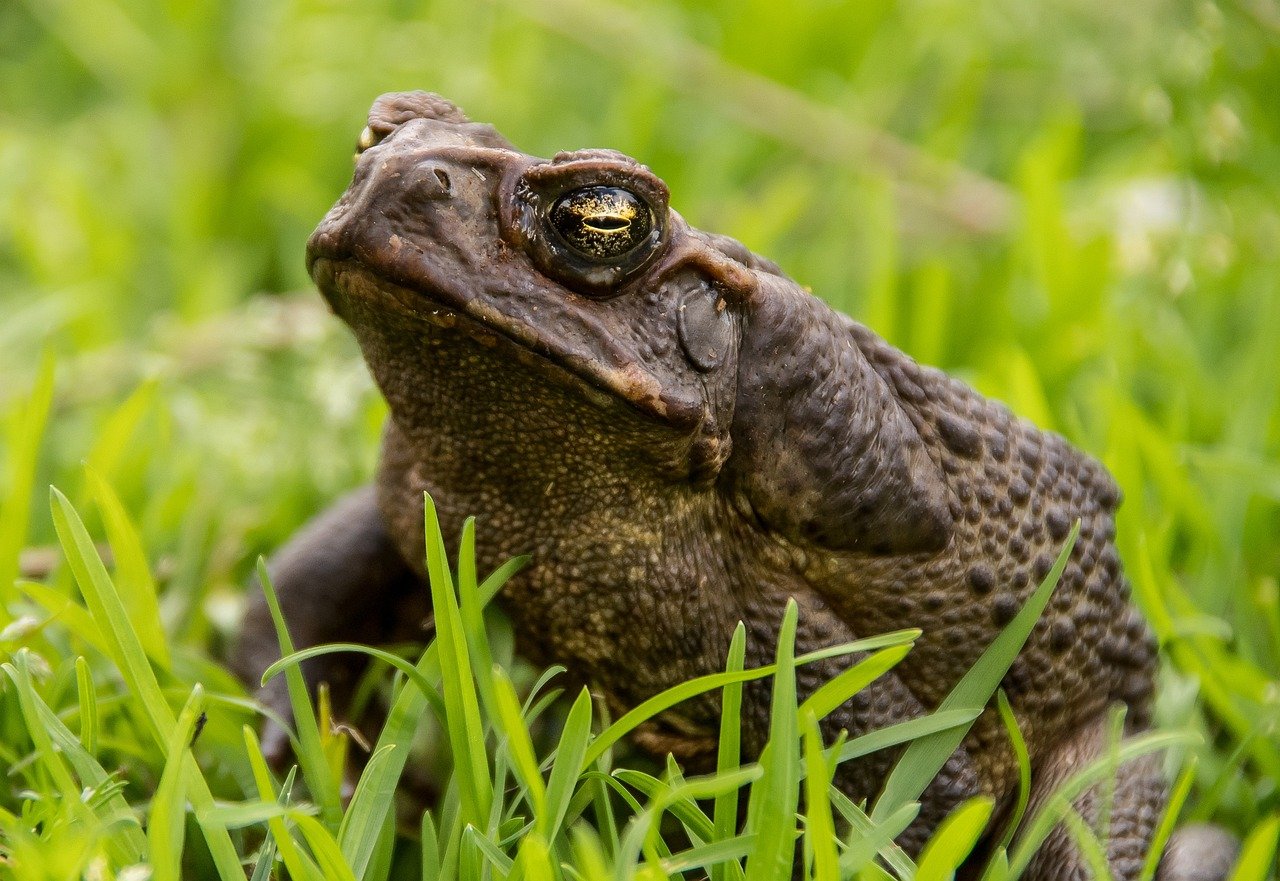
Monsoon season brings more than just relief from the heat – it brings some truly horrifying visitors to your yard. Arizona has several varieties of bufo toads that live underground and can pop up when humidity hits its high in summer or during/after rainfall. It is almost impossible to know if your yard will have toads, but if they are mouthed by dogs or cats, they release a neurotoxin that can disorient and even kill your pet.
These aren’t your average garden-variety toads. When threatened or mouthed by a pet, they release a powerful neurotoxin that can cause seizures, disorientation, and death. The scariest part? You’ll have no warning they’re there until your pet finds one. If your pet mouths a toad, immediately wash their mouths with running water (being very cautious not to drown or injure them further) and take them to a veterinarian. Every second counts in these situations.
The Houseplant Horror Show
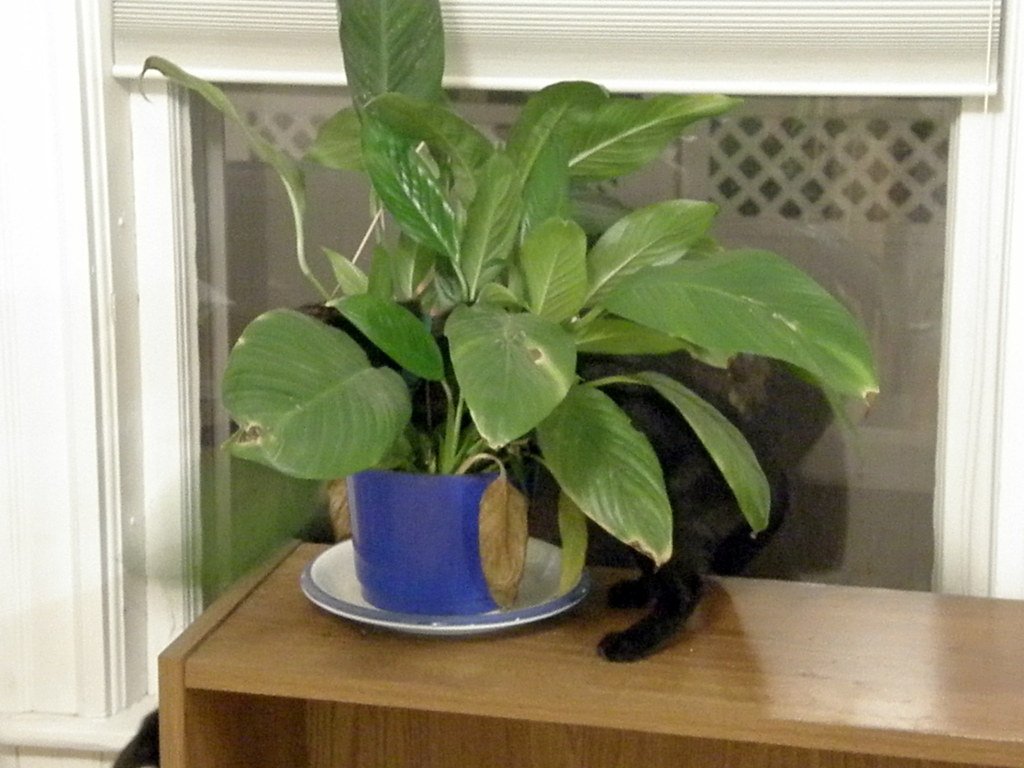
Your indoor sanctuary isn’t safe either. Many popular Arizona houseplants are wolves in sheep’s clothing when it comes to pet safety. The Pencil Cactus, often used as a decorative indoor plant, is particularly nasty. The pencil cactus, also known as the firestick, is known for causing severe skin and eye damage with its milky sap. Not only does it damage the skin and eyes, but can also wreak havoc on the gastrointestinal system of cats, dogs, and us. There’s not just one part of the plant this toxic sap is released from, either. The entire plant must be avoided by pets.
What makes houseplant poisoning so insidious is how innocent it looks. Your cat rubbing against that beautiful succulent or your dog taking a curious nibble can trigger a medical emergency. The symptoms often don’t appear immediately, giving pet owners false confidence that everything’s fine.
The Pavement That Burns Like Fire

Arizona’s concrete and asphalt surfaces become literal torture devices during summer months. On a typical 86°F day, pavement can become as hot as 135°F when in direct sunlight, which is hot enough to burn a dog’s feet. But here’s what most people don’t realize: this isn’t just about summer heat – even spring and fall days can create dangerous surface temperatures.
The real danger lies in how quickly this damage occurs. On a hot day, the pavement on sidewalks can reach temperatures between 130 and 180 degrees, which is hot enough to hurt your dog’s feet and even seriously burn them. Always test the pavement with the palm of your hand before setting out – if it feels hot, it’s too hot for Spot. A quick walk to the mailbox can result in serious paw burns that take weeks to heal.
The Flash Flood Factory in Your Neighborhood

Arizona’s monsoon season creates an entirely different set of dangers that catch even experienced residents off guard. Though the rainstorms are usually short in duration, they bring heavy rainfall and strong winds. In especially mountainous areas, they can cause flash floods capable of relocating a grounded boulder – your pooch would be no match for the currents!
The speed at which these floods develop is terrifying. Streets that are bone dry one minute can become raging torrents the next. Because of this dramatic seasonal weather change, it’s important you never leave your dog outside in the summer while you are away from home. What looks like a light sprinkle can quickly escalate into a life-threatening situation for any pet caught outside.
The Pest Problem That Never Sleeps
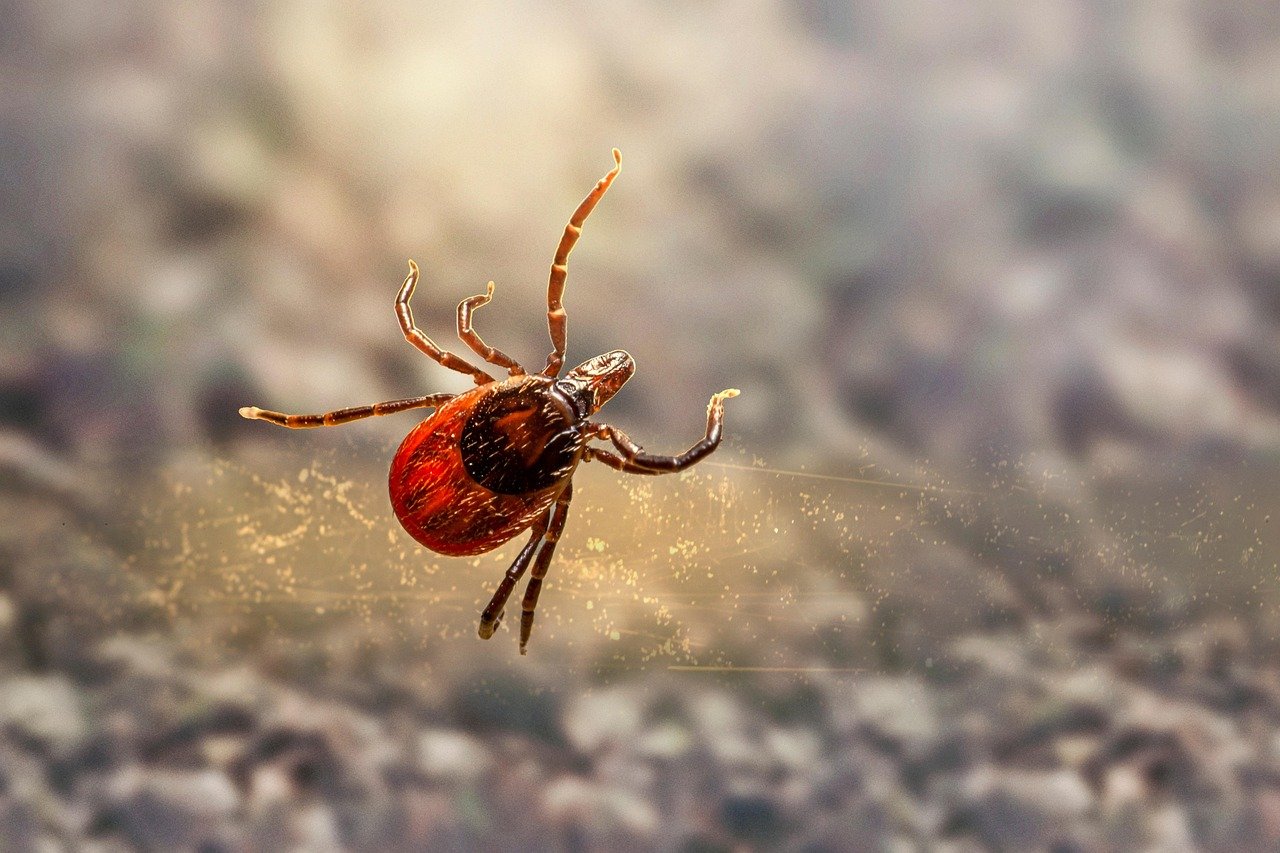
You might assume Arizona’s heat would eliminate most pest problems, but you’d be wrong. You may think it’s too hot to have ticks in the Valley of the Sun, but unfortunately, they exist everywhere. Be sure you have your pets on regular flea and tick maintenance as well as a heartworm prevention. The desert environment actually creates perfect conditions for certain parasites to thrive.
These aren’t just annoyances – they’re disease vectors that can transmit serious illnesses to your pets. The constant indoor-outdoor temperature differential in Arizona homes creates unique breeding conditions that many pet owners don’t anticipate. Regular prevention becomes absolutely critical, not just recommended.
The Construction Zone Catastrophe

Arizona’s booming growth means construction is everywhere, and that spells danger for pets. This fact shouldn’t surprise anyone, but with all of the new construction being built over top of dens, snakes can merely come out of hibernation in someone’s yard. New developments are literally built on top of existing wildlife habitats, displacing dangerous animals into residential areas.
The disruption of natural habitats doesn’t just affect snakes – it affects the entire ecosystem. Displaced coyotes, javelinas, and other wildlife are forced into suburban neighborhoods where they encounter pets with increasing frequency. Your peaceful new subdivision might have more wildlife activity now than it did when it was undeveloped desert.
The Hidden Heat Death Statistics
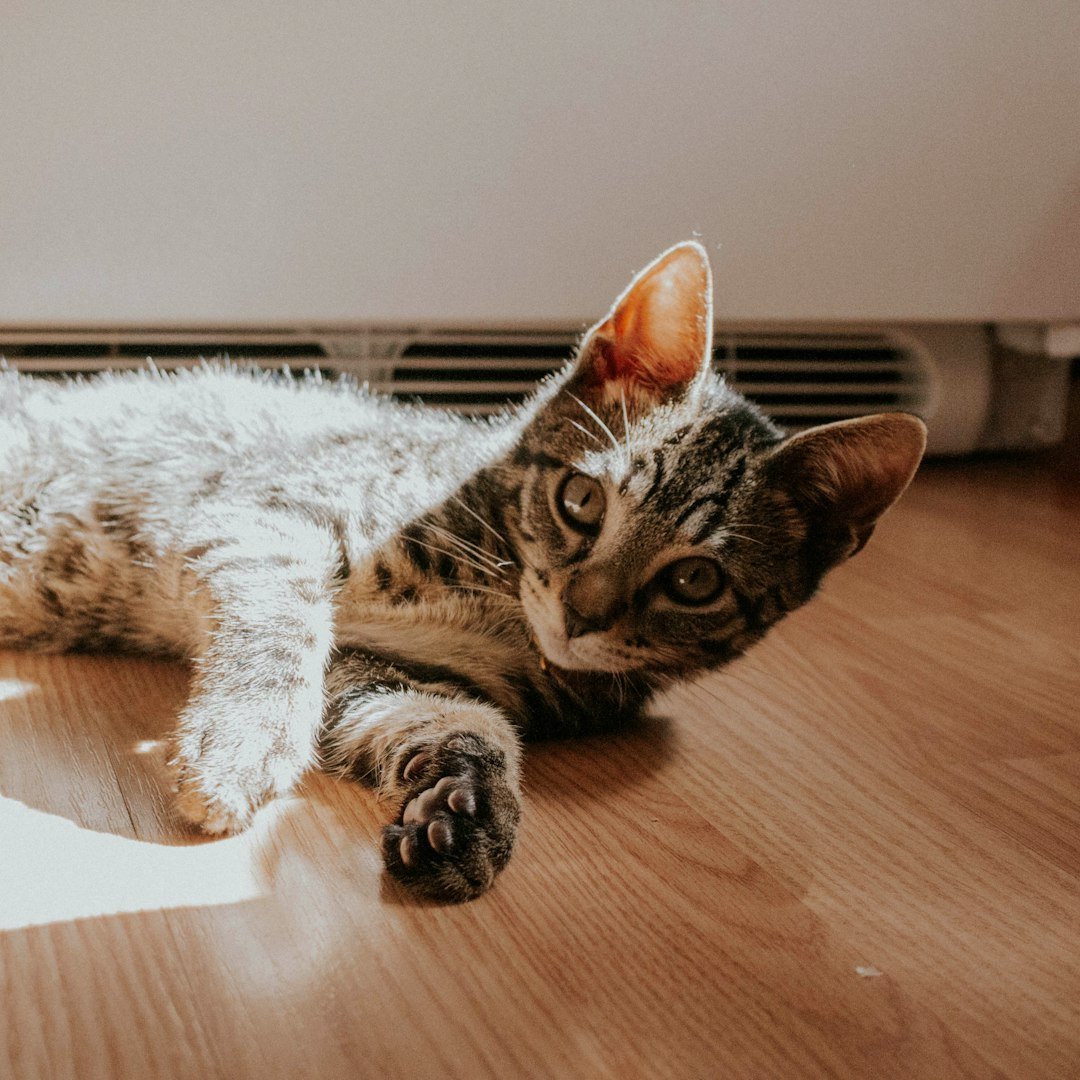
The numbers are more horrifying than most people realize. In 2024 alone, 111 animals endured heat–related deaths and another 388 were rescued from the heat – and those are just the ones that were reported. Most almost certainly aren’t. For every reported case, countless others go unrecorded, meaning the real scope of the problem is likely devastating.
What makes these statistics particularly tragic is how preventable they are. “Heat-related pet deaths are some of the most heart wrenching for our teams to investigate because they are 100 percent preventable,” said Tracey Miiller, Director of Field Operations for AHS. “The majority of these cases are dogs left outside in a backyard or on a patio with no water and no shelter. Triple-digit temperatures are deadly to pets.” Each number represents a family devastated by a completely avoidable tragedy.
The Conclusion: Wake-Up Call for Arizona Pet Owners

Arizona’s unique environment creates a dangerous cocktail of threats that most pet owners severely underestimate. From toxic plants masquerading as beautiful landscaping to predators using your neighborhood walls as highways, the dangers are real, immediate, and often invisible until it’s too late. The extreme heat that defines the state doesn’t just create obvious risks – it amplifies every other hazard, turning minor threats into life-threatening emergencies.
The solution isn’t to panic or give up on pet ownership in Arizona. Instead, it’s about education, preparation, and constant vigilance. Understanding these risks empowers you to protect your furry family members before tragedy strikes. After all, knowledge is the difference between being another heartbreaking statistic and being a prepared pet owner who keeps their companion safe in the desert.
So, did you expect that Arizona’s biggest pet dangers would be hiding right in your own backyard? What seemed like the safest place for your pet might actually be where the greatest threats are lurking.




